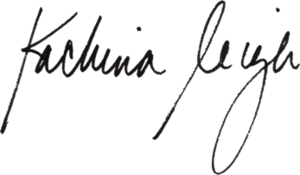eighteen by twenty-four: six studies in indigo
The Project Box, 3oo3 Paseo, Oklahoma City, Oklahoma
July 3rd – July 31st
Shibori is the ancient Japanese art of creating pattern by stitching, binding, and folding fabric prior to dyeing. For me, Shibori is the language of shadows, of the spaces in-between color and its absence. Shibori’s beauty initially appears to rely on color; its characteristically soft lines and blurred edges where resist meets dye speak to the interaction of color and cloth. Yet, as I would work, pulling a field of stitches tightly into a compact bundle, I became intrigued with the pieces as they were in this collected state, three-dimensional and freestanding, crisp white cotton marked by the contrast of bright red stitches and knots. This series was created from the desire to document the sculptural properties of the cloth. I toyed with the idea of leaving the pieces permanently in this state – transforming process into completion – but my curiosity regarding the pattern these stitches would create won out.
This series focuses on six shibori patterns: tazuna, mokume, chevron, ori-nui, kumo, and karamatsu. I had detailed photos taken of each piece once the stitching and binding was complete. The works then traveled with me from my studio in Reading, Pennsylvania to the Museo Textil de Oaxaca, situated in the city and state of Oaxaca, in Southwestern Mexico. I have been fortunate to teach shibori workshops at this lovely museum and have learned as much as I hope I shared with my students. Teaching here offered me my first real opportunity to work with natural dyes. The indigo used in the museum’s classes grows locally. The process to yield blue from this leafy green plant is an arduous undertaking driven by the knowledge of these master craftsmen and their brute physical labor. Having worked primarily in synthetic dyes, I was and remain awed at the quality of the indigo on cloth – vibrant, lush color that deepens with each successive dip in the carefully maintained dye pot. Understanding the history of the dye, its journey from plant to colorant, made using it that much more meaningful, and the final appearance of the finished pieces are richer, with subtle nuances synthetic dyes cannot emulate.
Each piece was dipped in the indigo bath five times and then opened in small parts and sections before being submerged in a sixth and final bath to create even more distinct variations in value, from bright white to pale blue to deep indigo. Each piece was then opened completely. Here too I used photography to document how each of the six pieces looked in its entirety, knowing that in mounting the cloth on boards measuring 18x24 inches, corners and edges would need to be sacrificed. To display the photographs, I made 72 pieces of paper by hand and digitally printed each of the twelve images six times, creating a series of six prints each of the six patterns as they appeared bound and unbound. The handmade paper further emulates the texture in the cloth. These twelve images offer a sense of the process utilized to create the mounted fabric pieces. I am honored to have the opportunity to show this body of work in its entirety, and am sincerely indebted to the Museo Textil de Oaxaca for introducing me to the beauty and magic of indigo.



















